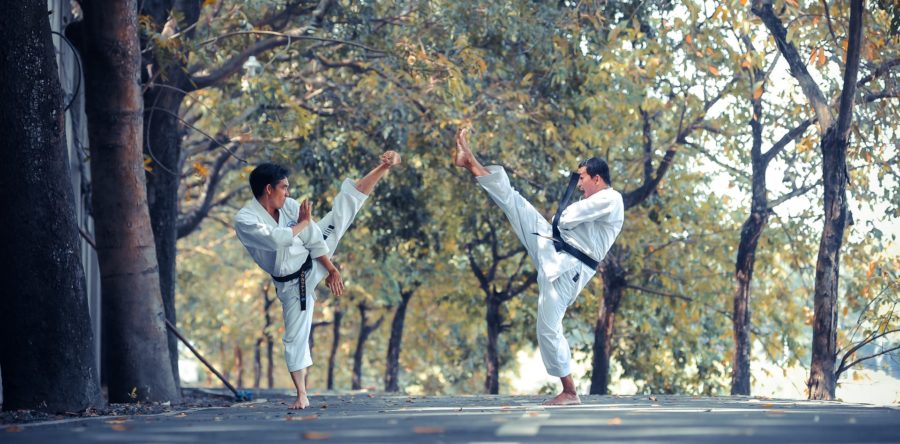Are you into martial arts? These types of sports are gaining popularity as ways to improve your fitness and self-defence. They also offer other physical skills such as coordination, balance, and flexibility. However, despite their various benefits, practicing martial arts can come with risks of injury.
Even the most experienced martial artists can get serious injuries. This article will run you through everything you need to know about martial arts injuries and how to prevent them.
The Risk of Injuries in Martial Arts
There are various martial arts styles, and essentially there are no “common” injuries. All areas of the body are at risk when practicing these combat sports.
The sustained injuries often vary depending on the martial arts style you practice, your experience in the sport, and your pre-exercise preparation.
Martial Arts Styles with Higher Risks
Specific martial arts may be more prone to injury depending on the moves you practice. For example, you are likely to get injuries practicing kicks in Tae Kwon Do over punches and strikes in Shotokan Karate.
Martial arts styles practice different techniques and skills such as locks, throws, strikes, etc. Certain styles may focus on self-defence, while others may be more aggressive kicks and grappling.
This variation in styles causes a natural variation in injuries as well. However, in general, the following injuries are common when participating in martial arts competitions:
- Head and neck injuries – 17.5%
- Trunk injuries – 17.9%
- Upper limb injuries – 25.9%
- Lower extremity injuries – 32.3%
You are more likely to get injured during competitive fighting poses than if you were to spar on your own.
Does Experience Affect Your Risk?
According to studies, you are more likely to sustain injuries if you are an adult with at least three years of experience in martial arts. Athletes younger than 18 years old with less experience are at a lower risk with only a 5% chance of multiple injuries and less than 1% chance of major injuries.
Preparing before Your Exercise
Your warmup and pre-exercise prep matter. You should do warmups that include the following:
- Gentle, rhythmic movements like running on the spot
- Strenuous movements like squat jumps and press-ups
You should warm up the joints and limbs that will be involved in your practice. If you are doing a lesson in kicking, you should stretch out your hamstring and hip muscles to prepare.
Treatment of Martial Arts Injuries
With the nature of martial arts, injuries are a common occurrence. All the grappling, throws, locks, and strikes may eventually injure someone regardless of experience. This is why there are various sports therapy techniques implemented to help relieve pain and swelling in sports injuries.
You can seek any of the following treatments for your injuries:
- Massage
- Electrotherapy
- Acupuncture
- Gentle joint mobilization
- Gentle exercise
These sports physiotherapy treatment methods can gradually improve the strength and flexibility in the injured areas until the participant can return to the full level of activity. These can also be used to treat persistent aches and pains.
Conclusion
Martial arts are undeniably great for your health and fitness. These combat sports can improve your physical fitness level, give you a sense of accomplishment, and make you gain self-confidence.
There are various prevention and treatment methods for sports injuries. While they’re naturally tied to these types of activities, there are practices you can do to help reduce your risk of injuries.
Are you looking for a physiotherapist in Whitehorse? Whitehorse Physiotherapy can help you recover faster. Book your appointment today!





